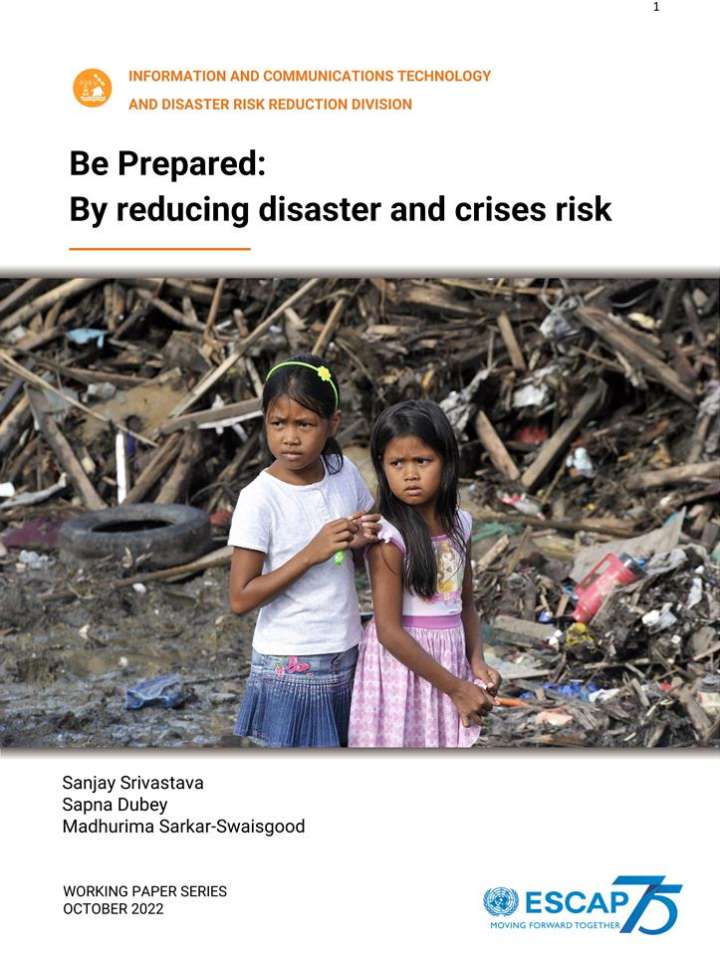Be Prepared: By reducing disaster and crises risk
This working paper reviews the existing practices related to health emergency, infrastructure resilience and smart ways of crisis response and prevention. A key lesson from the COVID-19 pandemic is to better anticipate and prepare for such a large-scale crisis amidst uncertainties. The paper examines the key enablers to this approach. It focuses on better tackling the cascading and complex crises emanating from the nexus of natural hazards, climate change and public health challenges. It also presents strategic foresight for short, medium- and long term and suggests a collation of regional and subregional actions to better prepare Asia-Pacific for major risks of disasters, climate change and pandemics.
Global warming of 2°C is likely to be exceeded during the twenty-first century. A warmer world would be riskier not only in terms of more frequent extreme weather and climate, but also the experience of systemic risks. The Asia-Pacific region faces a daunting spectrum of hazards emanating from various sources, both natural and biological. Indeed, Asia Pacific is the world’s most disaster-prone region is the most disaster-prone in the world. Countries here are close to reaching a tipping point beyond which – fueled by climate change – they are bound to exceed their capacity to respond. Public health is a key driver or responses to the cascades of disasters and the pandemic. Hence, strengthening health sector resilience, its interlinkages with emergency response systems and infrastructure planning are the key preparedness strategies for responding to such a major crisis. This working paper reviews the existing practices related to health emergency, infrastructure resilience and smart ways of crisis response and prevention.
Explore further
